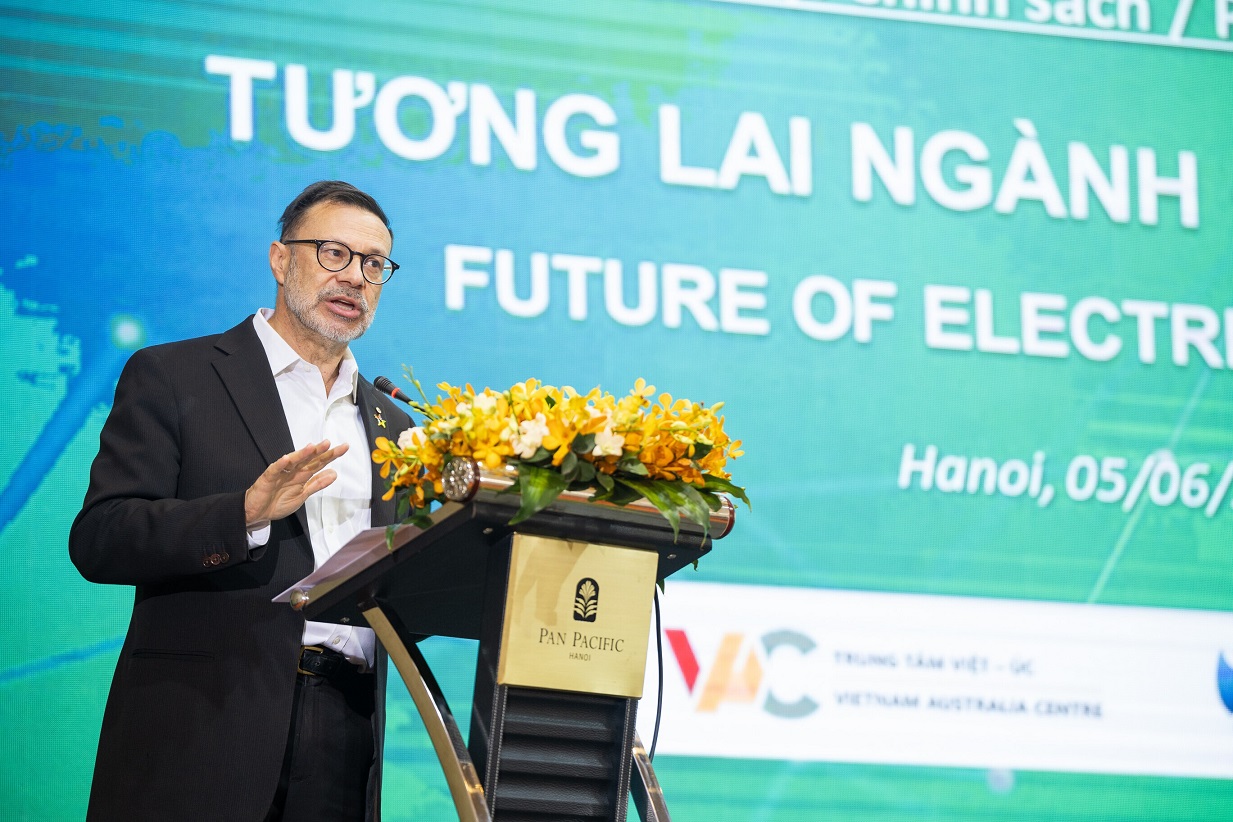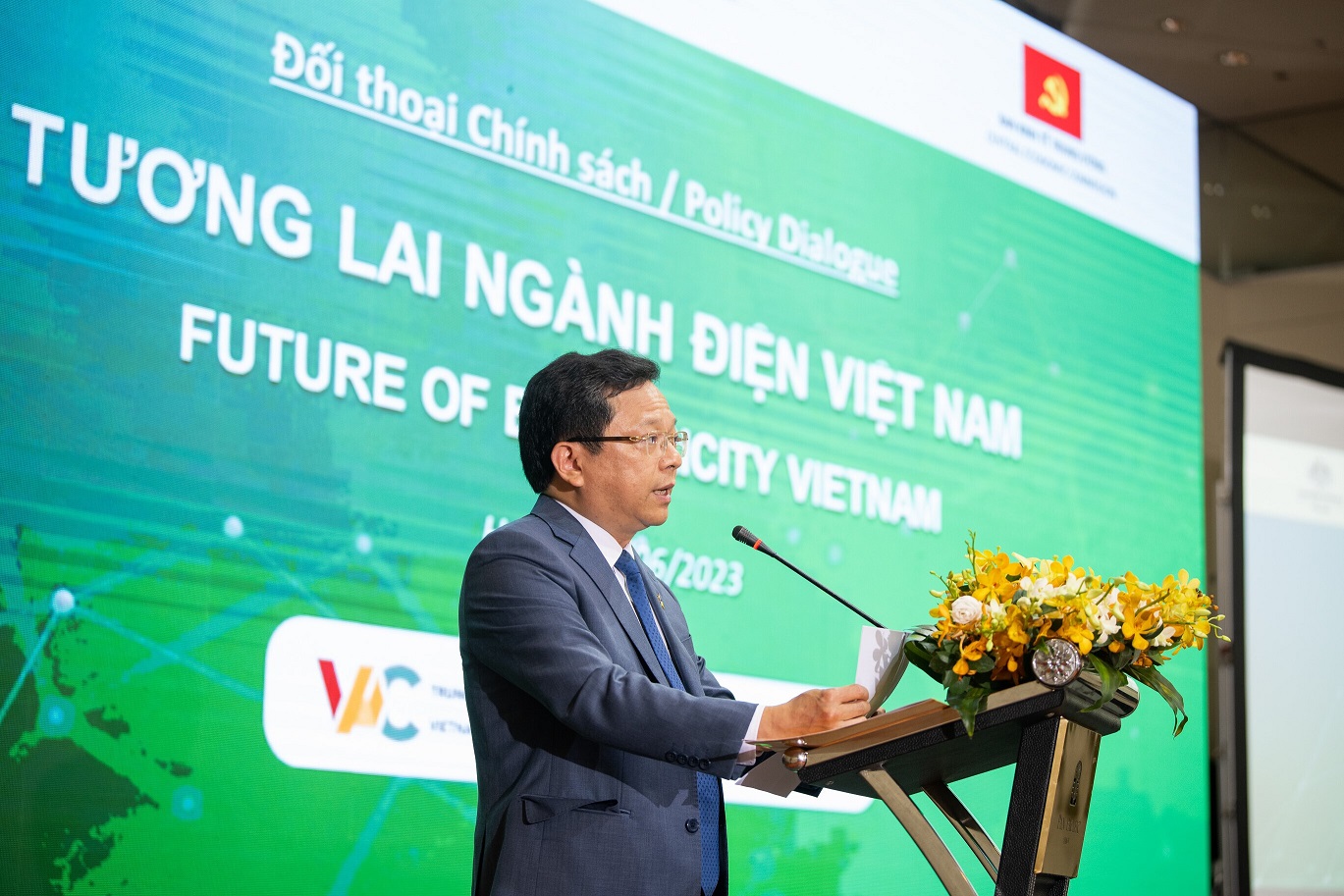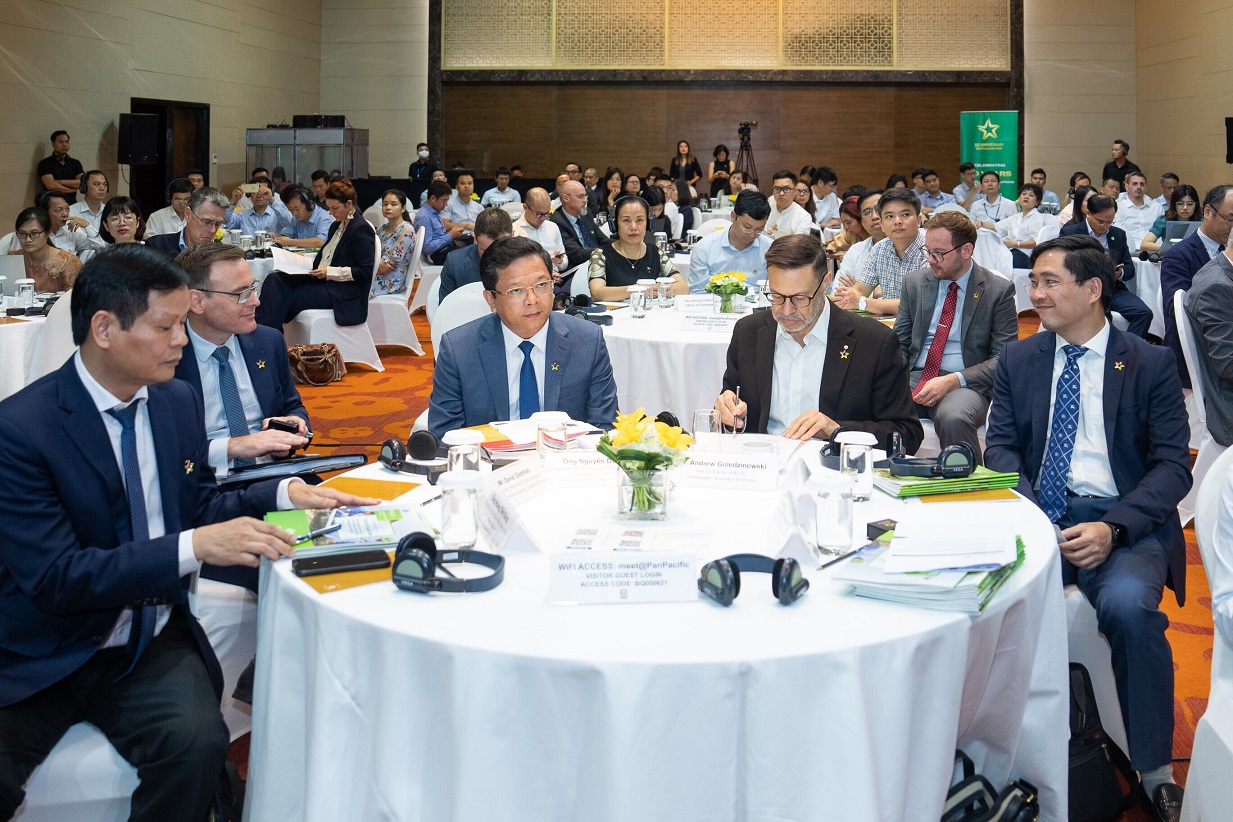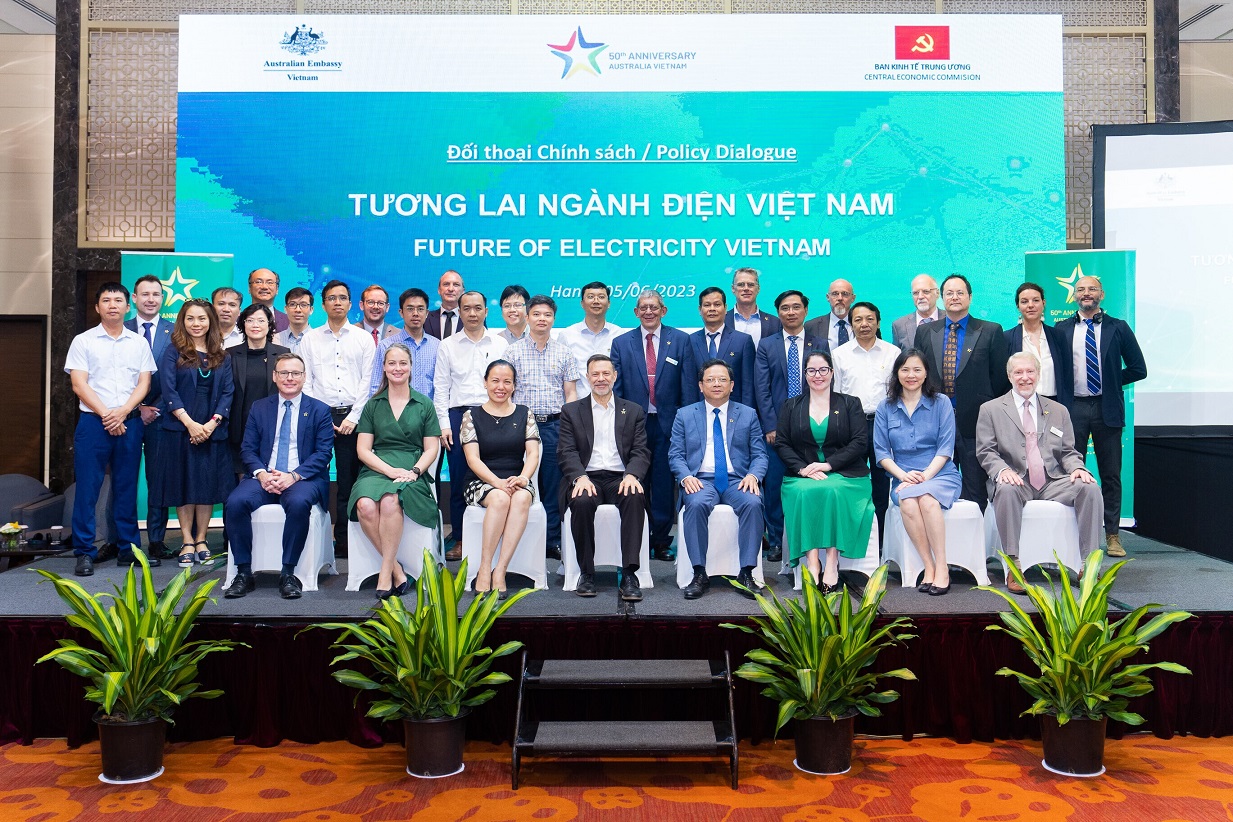

The brightest energy transition brains in Australia and Vietnam are putting their heads together under a new knowledge sharing partnership to enhance green energy production, secure energy supplies and meet net-zero emissions by 2050.
The Future of Electricity – Vietnam (FE-V) initiative, launched today by the Australian Government with support from the Central Economic Committee (CEC), will deepen links between both countries’ energy and climate institutions, and focus on enhancing knowledge and efficiency in electricity generation, fuels, grids, markets and consumption. This event follows a successful visit by Australia’s PM Anthony Albanese, in which Australia and Vietnam’s energy transition featured prominently.
FE-V is a bridging step for Australia to build a longer term and trusted collaboration in the energy sector in the coming years. Notably, the Australian Prime Minister the Hon Anthony Albanese announced yesterday – on the occasion of his official visit to Vietnam - a package of AUD 105 million - to support Vietnam's sustainable economic growth, in which energy transition is a key area.
Opening the inaugural FE-V policy dialogue, Australia’s Ambassador to Vietnam, H.E. Mr Andrew Goledzinowski, welcomed the cooperation.
“Australia and Vietnam share challenges and aspirations for sustainable, secure and fair electricity services as a foundation for prosperity and economic growth”, Ambassador Goledzinowski said.
“We’re both hungry to accelerate energy transition – Australia aims to have more than 80 per cent of its power through renewables by 2030 and we’re investing heavily to upgrade our grids and better coordinate market reforms across our jurisdictions,” he said.
“Meanwhile Vietnam has greenified it’s Power Development Plan 8 (PDP8) in line with COP26 commitments and is making it easier for the international community to support its transition.”
Like Australia, Vietnam has ambitious plans to reduce reliance on coal, with PDP8 aiming to phase out coal-fired electricity generation by 2050 and turn to wind and solar energy.
Ambassador Goledzinowski said Australia is on the same journey and has much to share with Vietnam.
“In the last quarter of 2022, renewables reached a record high share of Australia's total electricity generation, providing more than 40 per cent of the electricity in the nation's main grid,” he said.
“Vietnam’s PDP8 is aiming for 75 per cent renewables and storage by 2050 – Australia stands ready to help Vietnam rapidly unlock its vast wind and solar potential.”
Today’s dialogue will be followed by a roundtable tomorrow where Australian and Vietnamese government agencies and research institutions will discuss transforming power systems, electricity markets, and how the private sector and state-owned enterprises can better support Vietnam’s energy transition.
FE-V is led by the Australian Government and CEC; and implemented through Australia’s Partnerships for Infrastructure program, AMPERES, the Australian National University and the Commonwealth Scientific & Industrial Research Organisation.
Media contact:
Ms Nguyen Thi Le Trang +84 24 3774 0261 [email protected]


